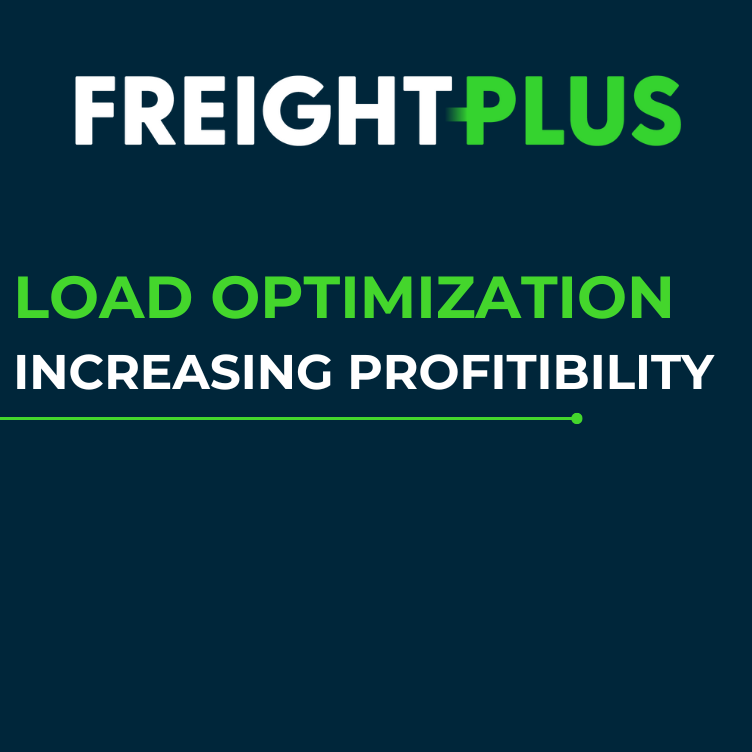Negotiating Better Rates Through Load Optimization
Efficient load planning serves as a dual-purpose tool in transportation, not only driving cost reduction but also providing considerable influence in rate negotiation with carriers. Shippers who prioritize load optimization gain a strategic advantage, setting the stage for additional cost savings and enhanced profitability through favorable rate agreements.
Consolidation Strategies: Maximizing Volume, Minimizing Costs
One strategy for leveraging efficient load planning in rate negotiation is through the consolidation of shipments. By combining multiple shipments into full truckloads or containers, shippers can increase shipping volume and negotiate lower rates with carriers.
- Full Truckload (FTL) Shipments: Consolidating multiple smaller shipments into full truckloads whenever possible to maximize space utilization and reduce transportation costs per unit.
- Containerization: Utilizing shipping containers to consolidate multiple smaller shipments into standardized units for more efficient handling and transportation, particularly in intermodal freight transport.
- Milk Runs: Implementing milk run logistics, where a single vehicle makes multiple stops to pick up or deliver goods along a predefined route, allowing for consolidation of shipments and reduced transportation costs.
- Cross-Docking: Transferring goods directly from inbound to outbound vehicles at a distribution center without storage, facilitating rapid consolidation and shipment of goods to their final destinations.
- Pooling: Collaborating with other shippers or companies to pool shipments and consolidate freight loads, enabling cost-sharing and maximizing space utilization in transportation vehicles.
Optimized Routing and Scheduling: Driving Efficiency, Unlocking Savings
Dynamic routing and scheduling represent another dimension of load optimization and rate negotiation. By leveraging advanced algorithms, shippers can optimize delivery routes and schedules to minimize fuel consumption and transportation costs.
Load optimization strategies are techniques and practices aimed at maximizing the efficiency of transportation by utilizing available space, minimizing costs, and ensuring the safe and timely delivery of goods. Here are some common strategies:
- Route Planning Software: Utilizing advanced route planning software or algorithms to optimize delivery routes based on factors such as distance, traffic conditions, fuel efficiency, and delivery deadlines.
- Dynamic Routing: Adjusting delivery routes in real-time based on changing factors such as traffic congestion, weather conditions, or customer preferences to minimize delays and improve efficiency.
- Zone Skipping: Consolidating shipments to specific geographic zones or regions before transporting them directly to distribution centers or end customers, bypassing intermediate distribution points and reducing transit times and costs.
- Multi-Stop Optimization: Optimizing routes to include multiple stops for pickup or delivery in the most efficient sequence, minimizing travel distance and time while maximizing space utilization.
- Time-Slot Delivery: Scheduling deliveries during off-peak hours or specific time slots to avoid traffic congestion, reduce delivery times, and improve overall route efficiency.
- Load Balancing: Ensuring balanced and efficient distribution of cargo across multiple vehicles or routes to optimize capacity utilization and minimize empty miles.
Closing
Efficient load planning isn't just about filling trailer space; it's about strategic decision-making that drives both cost reduction and enhanced negotiation power. Through consolidation strategies and optimized routing and scheduling, shippers can maximize shipping volume, minimize costs, and negotiate better rates with carriers.



